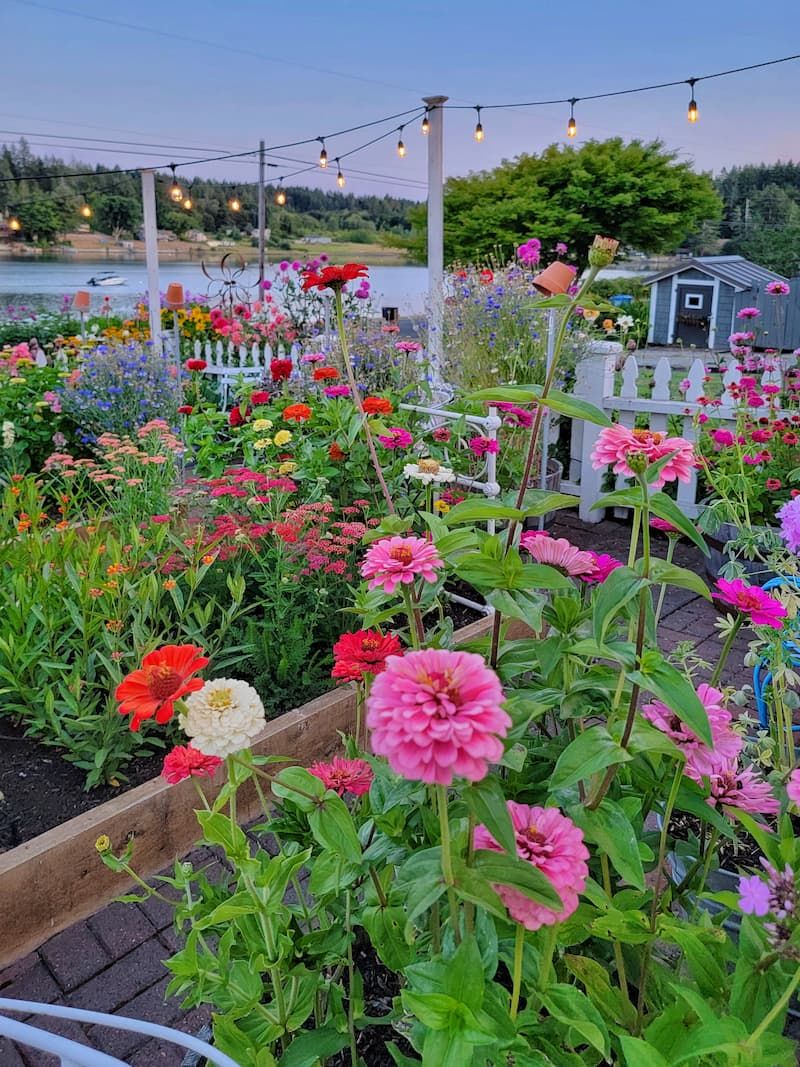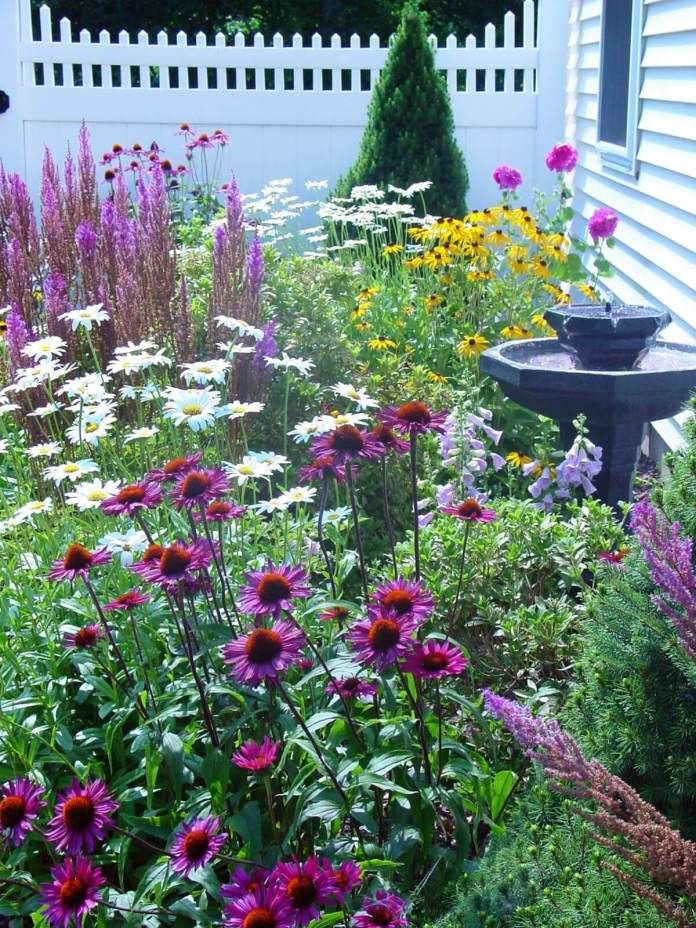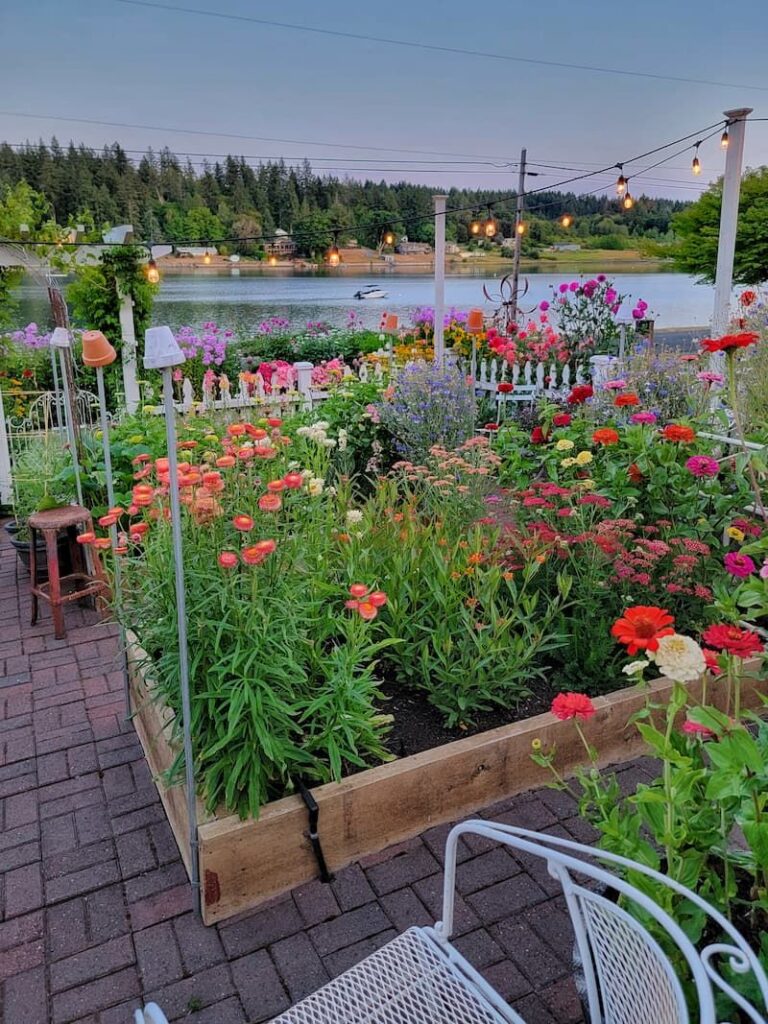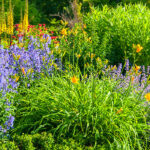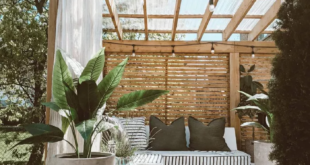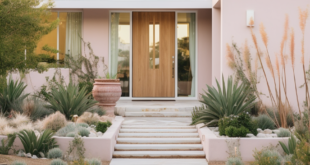When it comes to creating a beautiful and eye-catching flower garden, having a well-thought-out layout is crucial. The layout of your flower garden will not only enhance the overall aesthetic appeal but also ensure that your plants are able to thrive and grow to their full potential. There are various factors to consider when designing a flower garden layout, such as the size and shape of your garden, the types of flowers you want to plant, and the overall aesthetic you are trying to achieve.
One popular flower garden layout is the traditional English cottage garden style. This layout typically features a mix of flowers, herbs, and shrubs arranged in a seemingly random yet harmonious way. The key to achieving this laid-back look is to plant flowers in clusters or drifts rather than in straight lines. This creates a natural and organic feel that is both visually appealing and low-maintenance.
For those looking to create a more formal and structured flower garden, a symmetrical layout may be the way to go. Symmetrical flower gardens feature beds and pathways that are perfectly balanced on both sides, creating a sense of order and harmony. To achieve this look, you can plant identical flower beds on each side of a central focal point, such as a statue or fountain. This layout works well in larger gardens or in front of grand homes.
Another popular flower garden layout is the butterfly garden, which is designed to attract and support butterfly populations. Butterfly gardens typically include a variety of nectar-rich flowers that butterflies feed on, as well as host plants where butterflies can lay their eggs. To create a successful butterfly garden layout, be sure to include a mix of flower shapes and colors to attract a wide range of butterfly species. You may also want to incorporate features such as rocks or small ponds where butterflies can rest and drink.
In smaller gardens or urban spaces, vertical flower gardens are a great option for maximizing space and adding a touch of greenery. Vertical gardens can be created using trellises, arbors, or living walls to grow flowers upwards rather than outwards. This layout not only saves space but also adds a unique and striking element to your garden. You can plant climbing flowers such as clematis or morning glories to create a beautiful vertical garden display.
No matter what type of flower garden layout you choose, it’s important to consider the needs of your plants and the overall design of your outdoor space. By carefully planning and designing your flower garden layout, you can create a visually stunning and harmonious garden that will bring joy and beauty to your home for years to come.
 yishifashion Where Outdoor Dreams Become Reality
yishifashion Where Outdoor Dreams Become Reality
